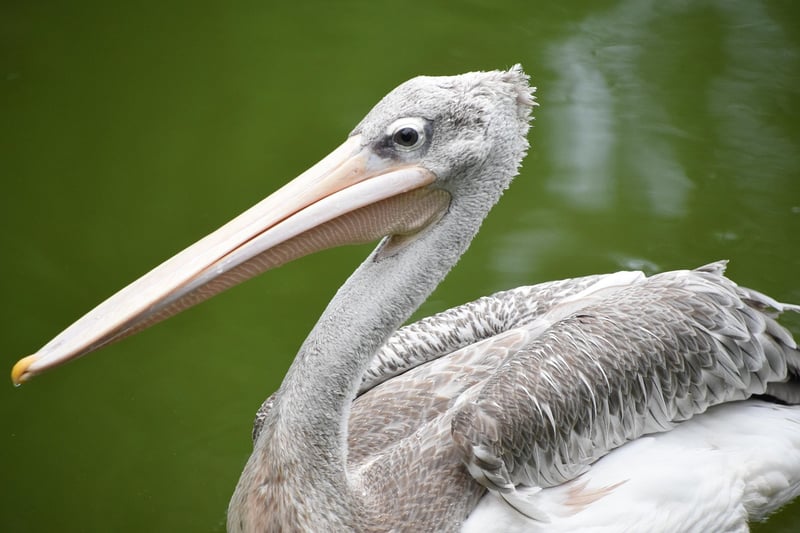Watering Tips
Essential Guides for Plant Health and Watering Tips
Introduction
Keeping your plants healthy and thriving involves more than just watering them. Proper plant care includes understanding their individual needs and providing the right environment for growth. Here are some essential guides and watering tips to help you maintain the health of your plants.
1. Light Requirements
Plants have varying light requirements. Some thrive in direct sunlight, while others prefer shade. Make sure to place your plants in locations that receive the appropriate amount of light for their specific needs. Monitor the light conditions in your home or garden and adjust plant placement accordingly.
2. Watering Frequency
Overwatering is a common mistake that can lead to root rot and other issues. Different plants have different watering needs, so it's essential to research the specific requirements of each plant in your care. Factors such as humidity levels, pot size, and soil type can also affect how often you should water your plants.
3. Soil Quality
Good soil is the foundation of healthy plants. Ensure that your plants are potted in well-draining soil that provides the necessary nutrients for growth. Consider using a mix of potting soil, perlite, and peat moss to create an ideal growing medium for your plants.
4. Humidity Levels
Indoor plants, especially tropical varieties, thrive in humid environments. If you notice your plants wilting or developing brown tips on their leaves, it could be a sign of low humidity. Increase humidity levels by misting your plants regularly or placing a humidifier nearby.
5. Fertilizing Schedule
Plants need nutrients to thrive, and fertilizing is essential for healthy growth. Research the specific fertilizer requirements of your plants and establish a regular fertilizing schedule. Be cautious not to over-fertilize, as this can harm your plants rather than help them.
6. Pest Control
Keep an eye out for common plant pests such as aphids, spider mites, and mealybugs. Regularly inspect your plants for any signs of infestation, such as yellowing leaves or sticky residue. Treat infestations promptly with natural or chemical solutions to prevent further damage.
7. Pruning and Maintenance
Pruning helps promote healthy growth and improves the overall appearance of your plants. Remove dead or yellowing leaves, trim overgrown branches, and shape your plants as needed. Regular maintenance tasks such as dusting leaves and repotting when necessary also contribute to plant health.
Conclusion
By following these essential guides for plant health and watering tips, you can create an optimal environment for your plants to thrive. Remember that each plant is unique and may require specific care, so pay attention to their individual needs and make adjustments as necessary. With proper care and attention, you can enjoy a lush and vibrant indoor or outdoor garden.

For more information on plant care, visit The Spruce - Gardening.
